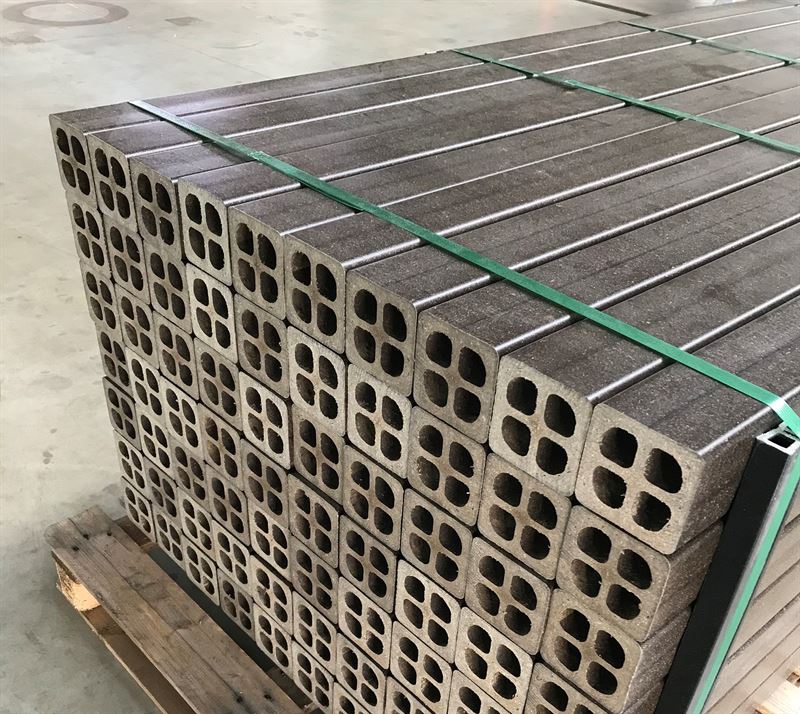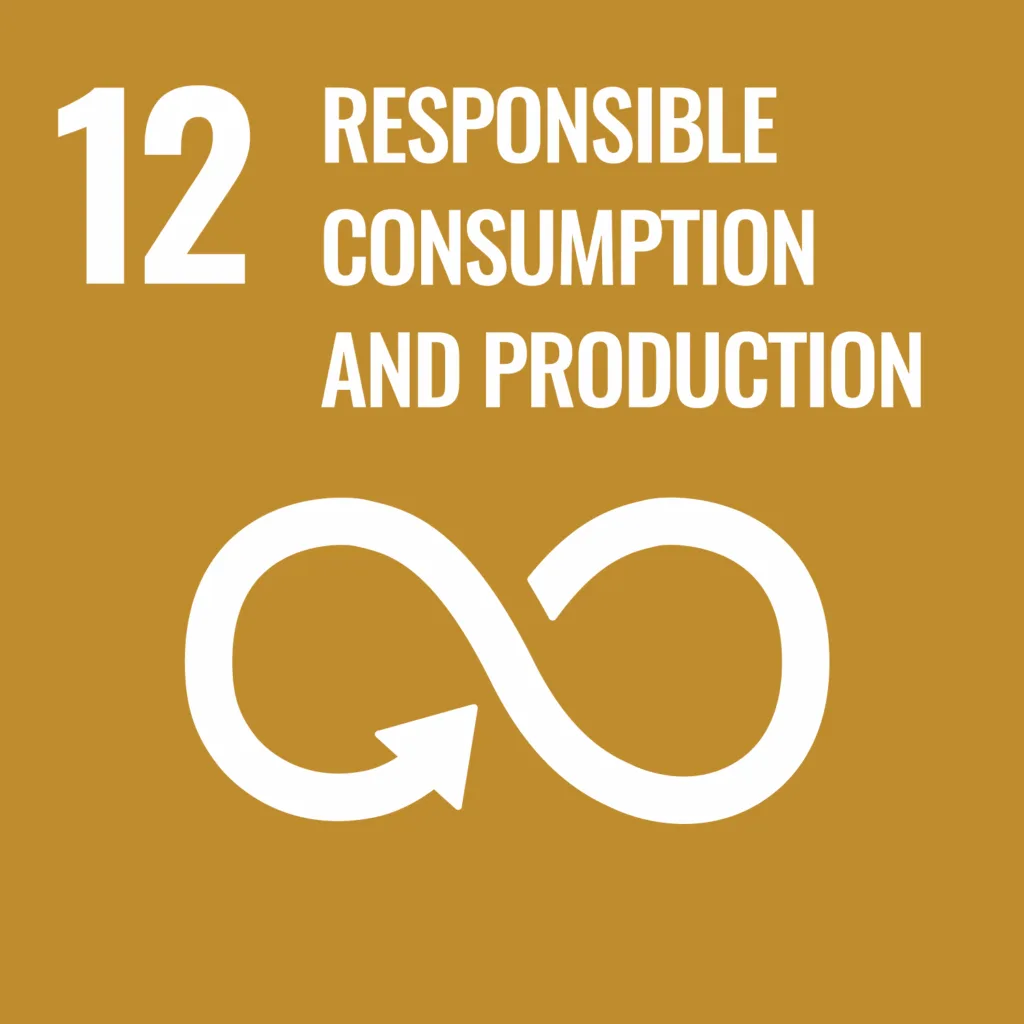The construction sector is undergoing a transformation with the rise of sustainable materials. One groundbreaking innovation combines bio-based polymers with natural fibres to create durable, low-carbon construction elements. This new approach integrates renewable resources into plastic production, reducing reliance on fossil fuels and cutting emissions.

At the heart of this innovation is a new value chain developed by several chemical companies, including Neste and LyondellBasell. The process starts with a renewable feedstock made entirely from bio-based raw materials, such as waste and residues , by Neste. This feedstock is then converted into polypropylene (PP), a versatile plastic polymer used in countless applications, by partners. The polypropylene is reinforced with natural fibres, forming plastic granules that are ultimately shaped into construction materials.
By using bio-based feedstocks and natural fibres – materials that absorb CO₂ during their growth – this solution significantly lowers the scope 3 upstream carbon footprint of construction elements. Additionally, these materials follow the principles of the circular economy, as they originate from renewable or waste sources and offer long lifespans.
Why It Matters
Traditional plastics are heavily dependent on fossil fuels, contributing to rising greenhouse gas (GHG) emissions. By integrating bio-based alternatives into plastic production, this innovation helps reduce fossil fuel dependency, minimise carbon footprints, and support net-zero goals.
Bio-based polypropylene maintains the same durability and performance as conventional plastics, requiring no changes to production infrastructure. This ensures that companies can transition to more sustainable materials without compromising quality or efficiency.
















